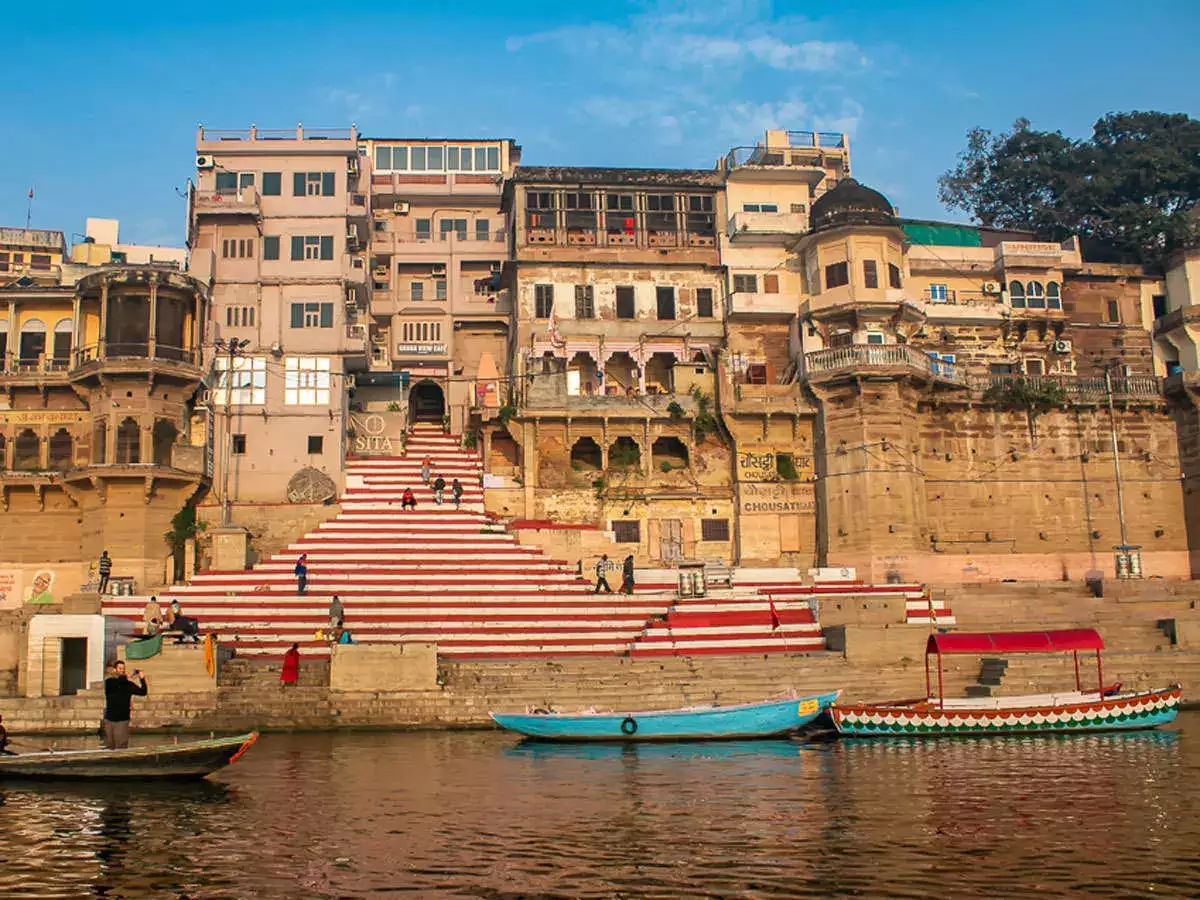MAHAD
Materials Used
In Mahad, Ganesh idols are crafted using a variety of materials, each chosen for its environmental impact and cultural significance. Eco-friendly clay and shadu clay are favored for their biodegradability and fine texture. While Plaster of Paris (PoP) has been common for its ease of molding, its use is declining due to environmental concerns. Artisans also utilize paper mache and natural, non-toxic colors to minimize environmental impact. Increasingly, sustainable materials like cow dung and recycled paper are being embraced, ensuring that Ganesh idols in Mahad are not only beautiful but also eco-friendly during their immersion rituals.
History
Shree Dhondu Paudkar in 1690 A.D. found the swayambhu idol of Shree Varadvinayak in a lake. This idol was kept in a nearly goddess temple for some time. The famed Varad Vinayak temple was built in 1725 by peshava sardar Ramji Mahadev Biwalkar & he gifted this to the village. The structure of the temple looks like an ordinary house. The mysterious idol of lord Ganesh was found under the well behind temple, and this is the main center of attraction. There is a Gomukh towards nort, a visage of a cow from which flows the tirth holy water. A unique feature of Mahad Varadvinayak Temple is a lamp (Nandadeep) that is glowing continually since 1892 (107 years).
Where does Idol Immersion take place?
Idol immersion in Mahad during Ganesh Chaturthi primarily takes place along the Savitri River. Key locations for Ganesh Visarjan include:
- Savitri River: The main site for the ritual, where devotees gather to immerse Ganesha idols.
- Mahad Dadli Bridge: A popular spot bustling with activity during the immersion period.
- Ram Ghat: A prominent ghat along the river, ideal for large crowds and various religious ceremonies.
- Seeta Ghat: Named after Goddess Sita, this serene ghat is another favored location for idol immersion.
These sites are essential for the cultural and religious life of Mahad, making them prime locations for Ganesh idol immersion.

Mahad Ram Ghat

Mahad Sita Ghat

Savitri River
Soil Type in Mahad
The soil type primarily consists of a mixture of alluvial and lateritic soil. Alluvial soil, found along river banks like the Savitri River, is fertile and ideal for agriculture due to its composition of silt, clay, and sand deposited by river action. Lateritic soil, characterised by its red colour due to iron oxides, is typical in upland areas and less fertile but suitable for specific crops. These soil types are crucial to the region’s agricultural productivity and local ecosystem.

Laterite Soil
